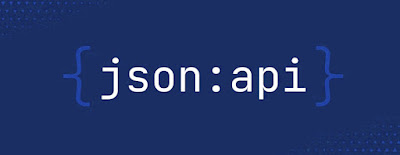Public JSONPlaceholder API
JSONPlaceholder is a free, open-source mock REST API service offering realistic example data (including users, posts, comments, todos, and more) for prototyping and testing front-end applications—no sign-up or backend needed. It supports standard HTTP methods, though only GET requests return persistent data.
Retrieve a single user
Retrieve all users
Note: While JSONPlaceholder accepts POST, PUT, PATCH, and DELETE requests, those operations are simulated and the server returns a success response, but no real data changes will persist after a page reload.
Local JSON Server
To get your mock data to persist, run the JSONPlaceholder API locally using json-server:
npm install -g json-serverCreate a db.json file:
{
"users": [
{ "id": 1, "name": "Alice", "email": "alice@example.com" },
{ "id": 2, "name": "Bob", "email": "bob@example.com" }
{ "id": 3, "name": "John", "email": "john@example.com" }
]
}
Start the server:
json-server --watch db.json --port 3000The API is now available at http://localhost:3000/users, with full support for GET, POST, PUT, PATCH, and DELETE—persistent changes are saved in db.json.
Local Examples using json-server
GET all users / get one user:
POST — create a new user:
PUT — replace a user entirely:
PATCH — update part of a user:
DELETE — remove a user:
Summary
JSONPlaceholder is perfect for testing GET user data retrieval. For real mock APIs with persisting data, use json-server locally. It’s a lightweight and efficient way to prototype, test, demo, and learn REST APIs.


No comments:
Post a Comment